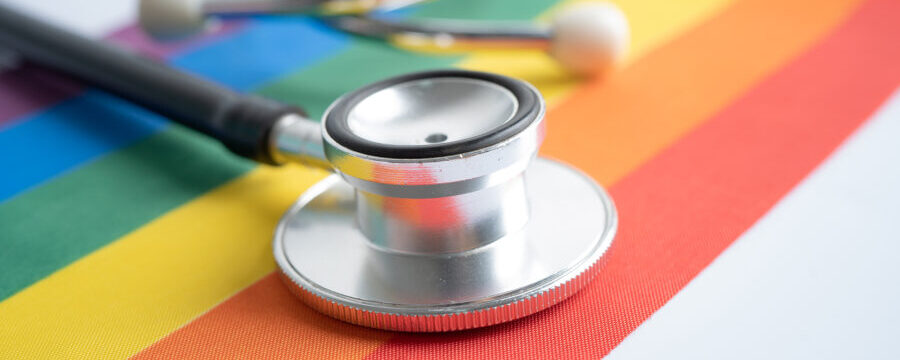
The Need for LGBTQ Health Equity
by Nicola Finley, MD
June is Pride month, and it is a celebration of the LGBTQ community. LGBTQ stands for Lesbian, Bisexual, Gay, Transgender and Queer. Under this umbrella term of LBGTQ, there is a rich diversity of individuals who have their own unique experiences and differences. However, research finds a common general theme of health disparities within the LGBTQ community compared to cisgender heterosexual individuals. Cisgender means individuals with a gender identity that matches their sex assigned at birth. These health disparities are preventable differences in health outcomes among groups of people.
Did you know that LGBTQ individuals experience worse health than cisgender heterosexual individuals?
Data (which uses the term LGBT) from healthpeople.gov/2020 shows:
- LGBT populations have the highest rates of tobacco, alcohol and other drug use
- Lesbians are less likely to get preventive services for cancer
This can lead to health disparities and poor health outcomes:
- Tobacco is a risk factor of heart disease
- Pregnancy rates are lower among lesbians. Women who haven’t given birth to a child are at higher risk of breast cancer – yet they may not be getting adequate cancer screening.
There many factors that contribute to this data including the social determinants of health. A leading factor includes the finding that LGBTQ individuals are more likely to experience bias-related violence, discrimination and family rejection. This chronic stress can lead to an increase in medical and mental health problems. Further, if LGBTQ individuals experience unfair treatment and bias against them in the health care setting, they are less likely to trust and engage with the health community.
The call to action is to achieve LGBTQ health equity. The CDC (Centers of Disease Control and Prevention) describes health equity is when every person has the opportunity to attain his or her full health potential. Research offers strategies to help promote LGBTQ health equity:
- Be open to and accept differences (see the glossary of LGTBQ terms in this AHA journal article)
- Strive to create an environment that is welcoming to LGBTQ individuals
- Be an advocate for and support members of the LGBTQ community
Let’s all work together to narrow the health equity gap in the LGBTQ+ community and foster wellness.
Resources
- https://www.healthypeople.gov/2020/topics-objectives/topic/lesbian-gay-bisexual-and-transgender-health
- https://www.ahajournals.org/doi/epub/10.1161/CIR.0000000000000914
About the Author

Nicola Finley, MD, sits on the Global Wellness Summit (GWS) board of advisors and is a board-certified internal medicine physician and adjunct faculty member at the Mel and Enid Zuckerman College of Public Health at the University of Arizona. She is the Founder and Principal at Dr. Nicola, PLLC, a physician-led boutique consulting practice focusing on integrative medicine, women’s health, employee wellness and global health equity. Dr. Finley hosts the Dr. Is INclusive webinar series for GWS, interviewing special guests and sharing her own personal stories about inclusion—or lack thereof—in wellness.
